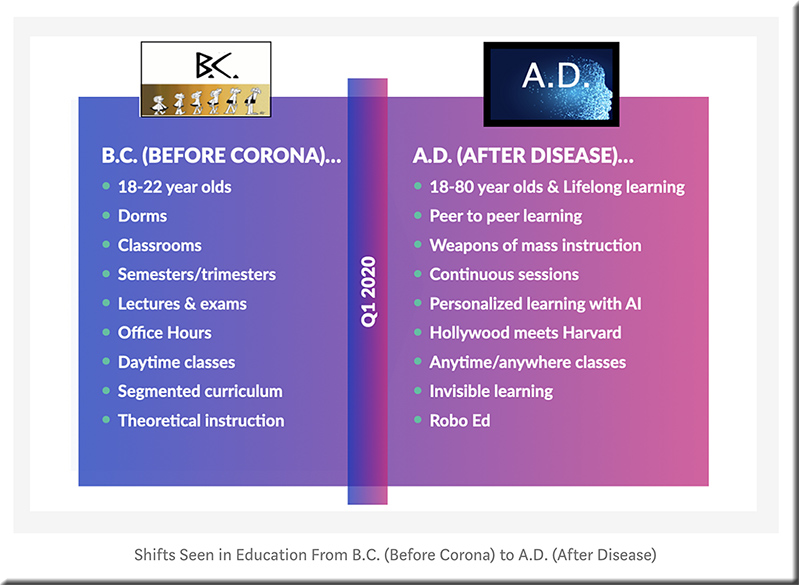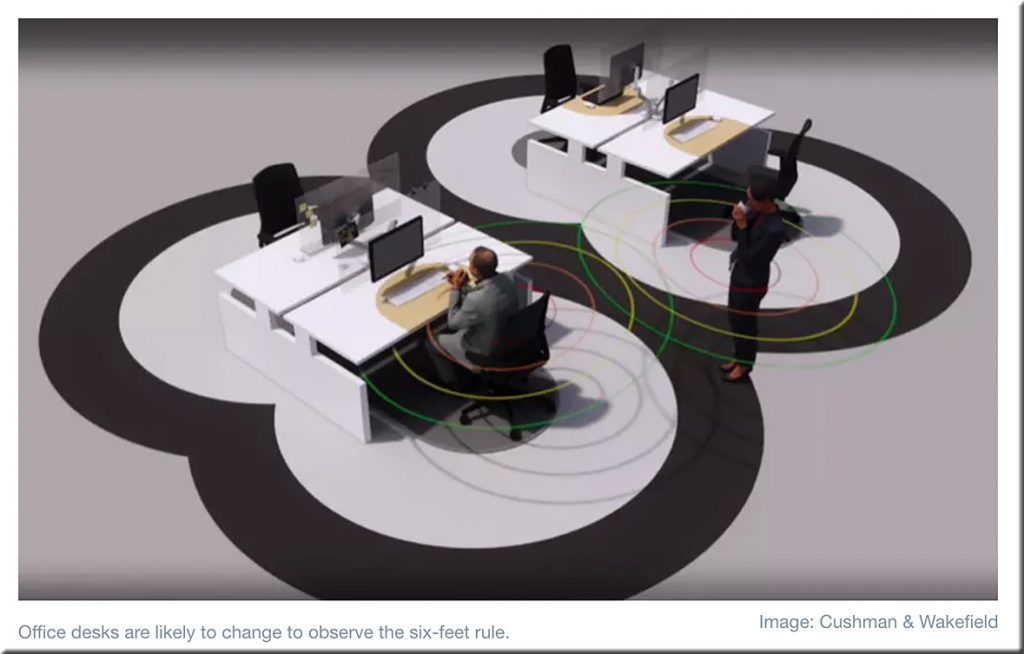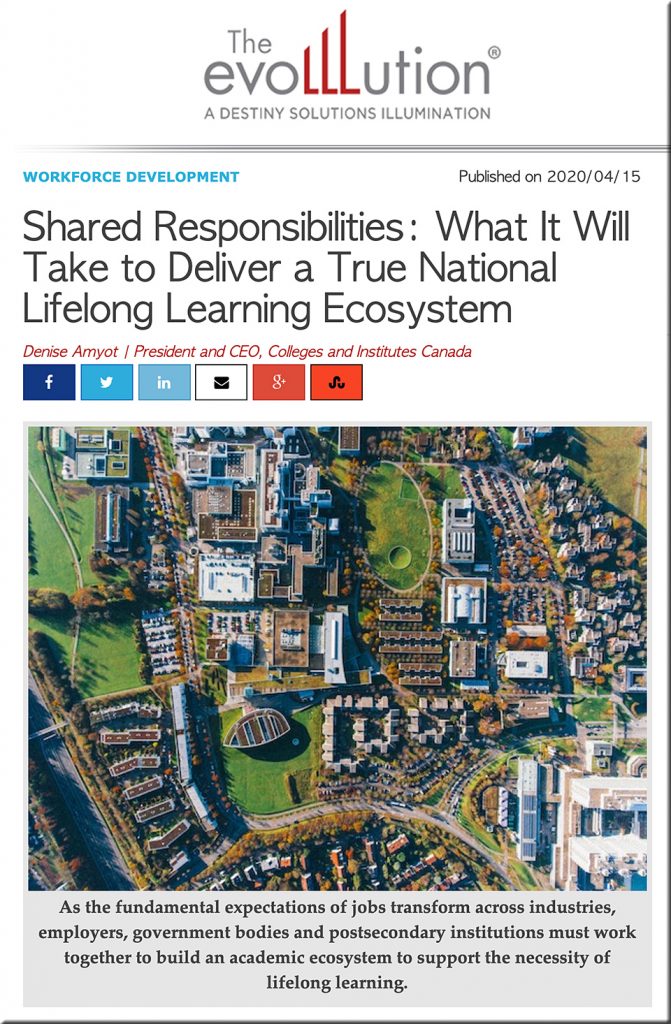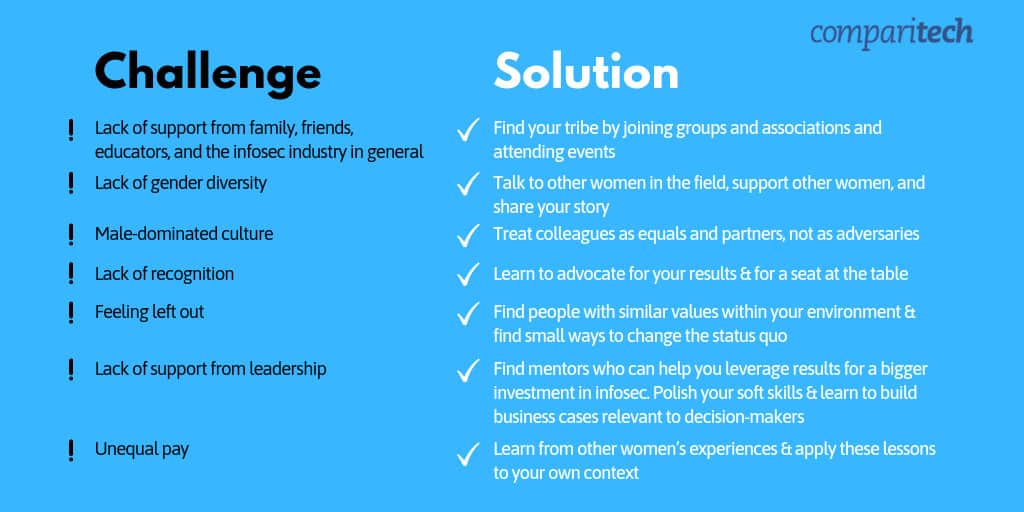This startup is using AI to give workers a “productivity score” — from technologyreview.com by Will Douglas
Enaible is one of a number of new firms that are giving employers tools to help keep tabs on their employees—but critics fear this kind of surveillance undermines trust.
Excerpt:
In the last few months, millions of people around the world stopped going into offices and started doing their jobs from home. These workers may be out of sight of managers, but they are not out of mind. The upheaval has been accompanied by a reported spike in the use of surveillance software that lets employers track what their employees are doing and how long they spend doing it.
Companies have asked remote workers to install a whole range of such tools. Hubstaff is software that records users’ keyboard strokes, mouse movements, and the websites that they visit. Time Doctor goes further, taking videos of users’ screens. It can also take a picture via webcam every 10 minutes to check that employees are at their computer. And Isaak, a tool made by UK firm Status Today, monitors interactions between employees to identify who collaborates more, combining this data with information from personnel files to identify individuals who are “change-makers.”
Machine-learning algorithms also encode hidden bias in the data they are trained on. Such bias is even harder to expose when it’s buried inside an automated system. If these algorithms are used to assess an employee’s performance, it can be hard to appeal an unfair review or dismissal.
DC: As with the increased use of #drones during this time of the #Coronavirus here’s yet another slippery slope.#EmergingTechnologies #law #legal #policy #legislation #society #ethics #AI #workplace https://t.co/ImIw4yAwag
— Daniel Christian (@dchristian5) June 6, 2020









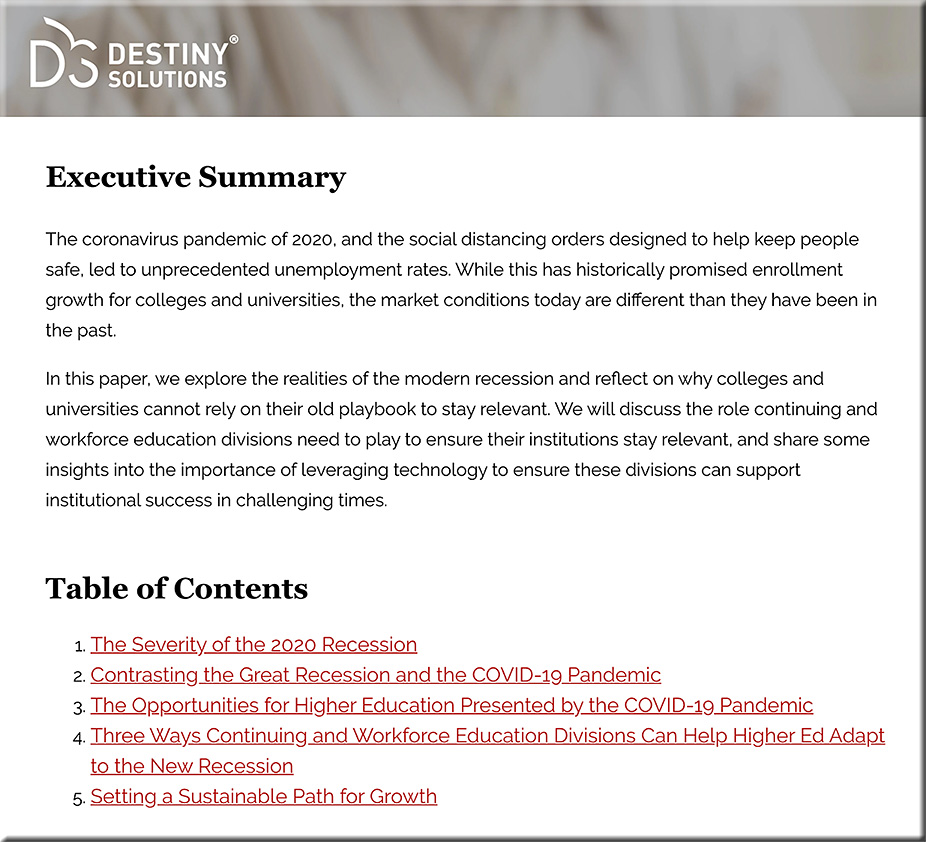
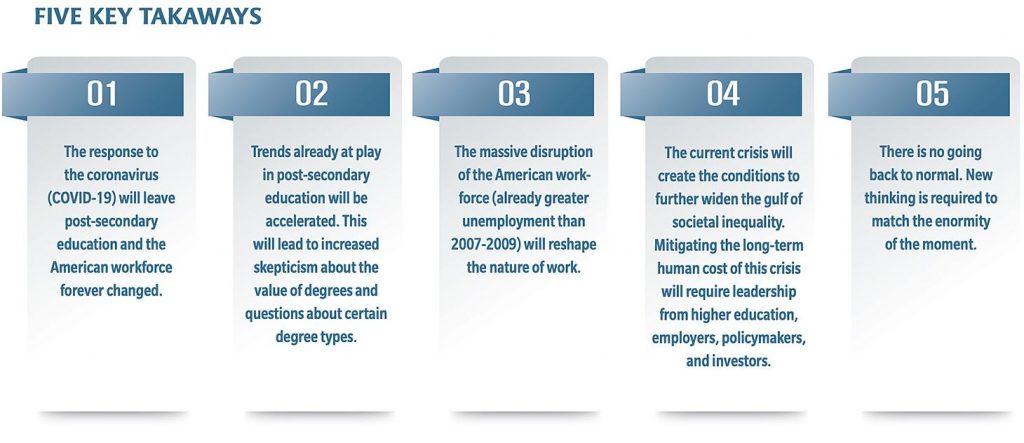

![ABA President Judy Perry Martinez on the ABA and the Profession in a Pandemic [Ambrogi]](http://danielschristian.com/learning-ecosystems/wp-content/uploads/2020/05/LawSites-5-18-20-Ambrogi-Martinez.jpg)



